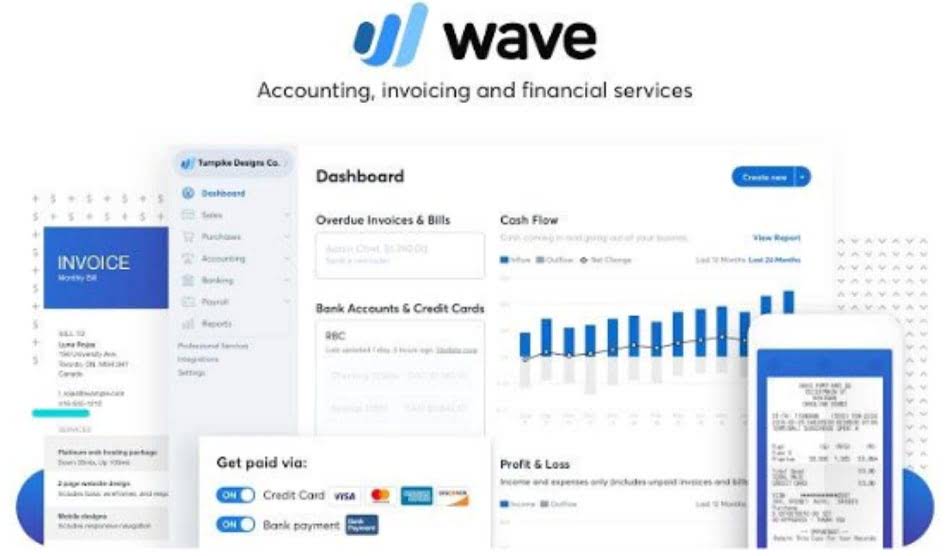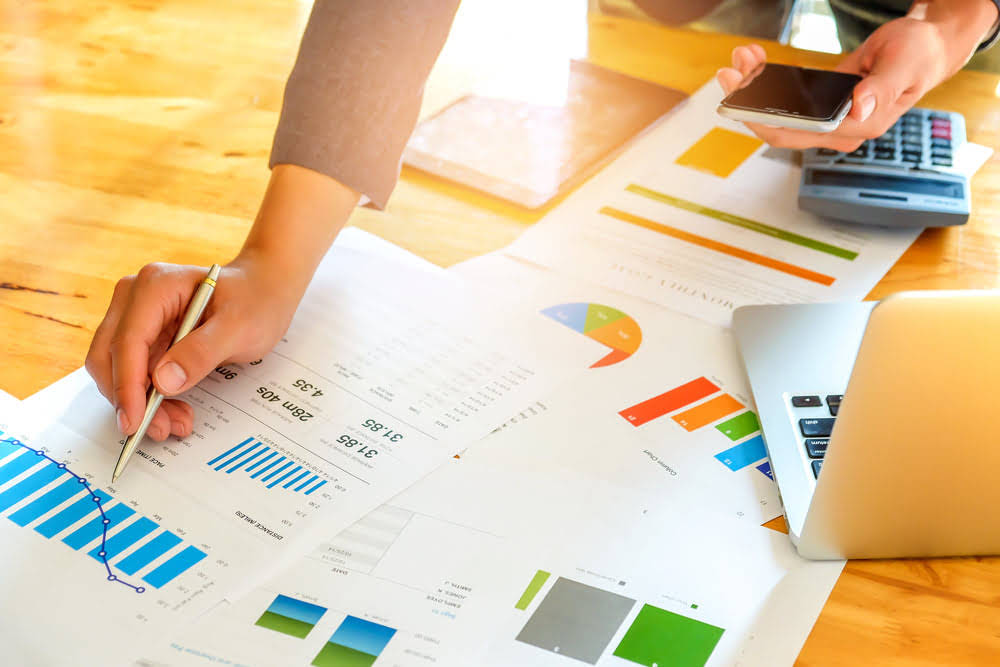Content

In this scenario, investing $10,000 in company A returned $2,000, while the same amount invested in company B would have returned a larger $5,000. The $3,000 difference is the opportunity cost of choosing company A over company B. Assume that, given $20,000 of available funds, a business must choose between investing funds in securities or using it to purchase new machinery. No matter which option the business chooses, the potential profit that it gives up by not investing in the other option is the opportunity cost. Many leading businesses have gotten to the top by making intelligent business decisions based on opportunity cost while their competitors did not.
He decides to close his office one afternoon to paint the office himself, thinking that he’s saving money on the costs of hiring professional painters. However, opportunity cost the painting took him four hours, effectively costing him $1,600 in lost wages. Let’s say professional painters would have charged Larry $1,000 for the work.
How to calculate opportunity cost for each business decision.
It’s an upgrade from the standard brass hardware, which does not cost extra. Like most people, you may not, so you look for a different way to assess the value. It is easier in our minds to compare one item to another or, in this case, the price of the doorknobs to the price of the house. The $1,300 seems relatively inexpensive when compared to the $200,000; it is less than 1 percent (0.65 percent) of the total price. What does opportunity cost have to do with a business’s capital structure? If you finance your capital through debt, you have to pay it back even if you aren’t making any money.

In this case, she can clearly measure her opportunity cost as 5% (8% – 3%). This complex situation pinpoints the reason why opportunity cost exists. Alternatively, if the business purchases a new machine, it will be able to increase its production of widgets. The machine setup and employee training will be intensive, and the new machine will not be up to maximum efficiency for the first couple of years. Let’s assume it would net the company an additional $500 in profits in the first year, after accounting for the additional expenses for training. The business will net $2,000 in year two and $5,000 in all future years.
Capital Structure Decisions
Although you’d earn more with a CD, you’d be locked out of your $11,000 and any earnings in the event of an emergency or financial downturn. One certificate of deposit (CD) with a major bank https://www.bookstime.com/articles/accounting offers an annual interest rate of 3.5% compounded monthly. Using an interest calculator, you determine that your savings would grow to $13,100.37 in five years, an increase of over $2,000.
Assume the expected return on investment (ROI) in the stock market is 12% over the next year, and your company expects the equipment update to generate a 10% return over the same period. The opportunity cost of choosing the equipment over the stock market is 2% (12% – 10%). In other words, by investing in the business, the company would forgo the opportunity to earn a higher return. “No opportunity cost, I want it now!” …may be something you’ll say to yourself while you shop and start thinking of the opportunity costs of your decisions. Most of our decisionmaking that involves money is based on immediate or sooner-than-later consumption.5 One opportunity cost that people may think of when spending money is not having that amount to save. The benefits of saving are not realized until sometime in the future, while the costs of saving are felt now.
Capital structure and opportunity cost.
A client approaches you and offers to pay you a $50,000 monthly fee to handle all of their marketing needs. You accept the offer, sign the contract, and send the first invoice without calculating opportunity cost. Two days later, two separate clients approach you and each offers you a $30,000 monthly fee to handle their respective marketing needs. You can carry out the marketing campaigns for the two smaller clients with your same team of five. In this example, you have sacrificed $10,000 each month because you did not calculate the opportunity cost of taking on the single client for the $50,000 monthly fee. But without understanding opportunity cost, you would have no way of knowing that the taco purchases were, in fact, the best decision you could make.

However, the bonds seem more interesting since you will not have to look at stock quotes every day seeing that the bond matures in 1 year’s time. In the following exercise, students will be presented with a real-life situation that will allow them to apply their knowledge on the notion of opportunity cost. In 1962, a little known band called The Beatles auditioned for Decca Records.
The Difference Between Opportunity Cost and Sunk Cost
You can also think of opportunity cost as a way to measure a trade-off. Individuals, investors, and business owners face high-stakes trade-offs every day. In general, the larger the decision, the more potential fallout there is via opportunity cost. In the PPC example above, focusing on necklaces when bracelets would actually result in more revenue/profit would be a potentially fatal business error right out of the gate. Similarly, when large sums of money are involved, the potential for negative outcomes due to opportunity cost is increased. Keep opportunity cost in mind every time you make a business decision—even a seemingly simple one—and you will give yourself the best chances of succeeding in both the short- and long-term.
